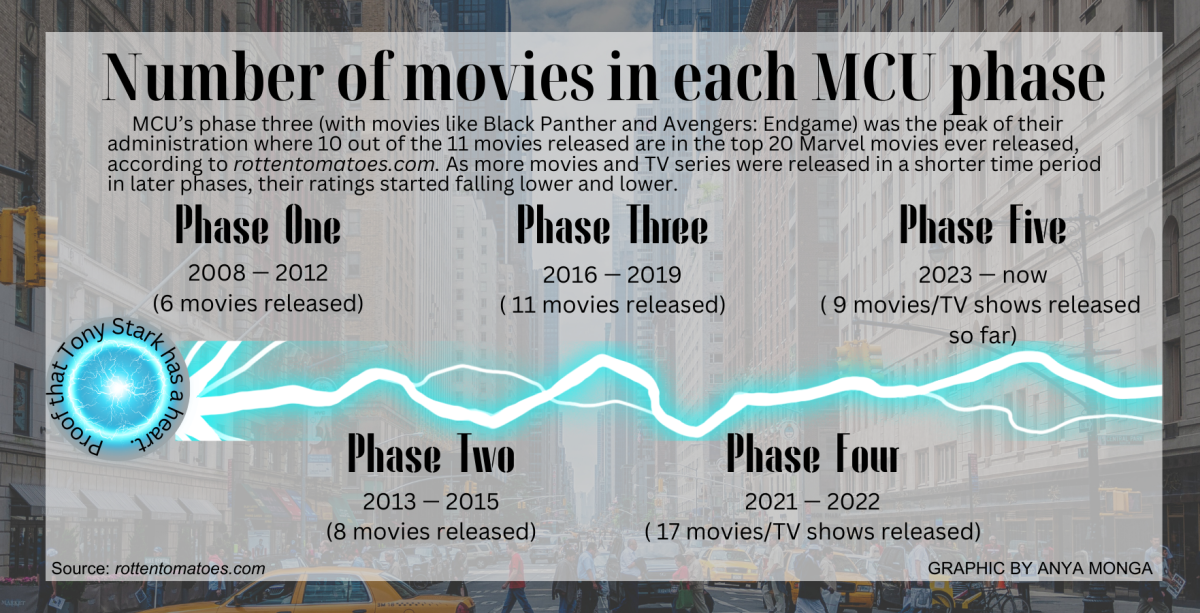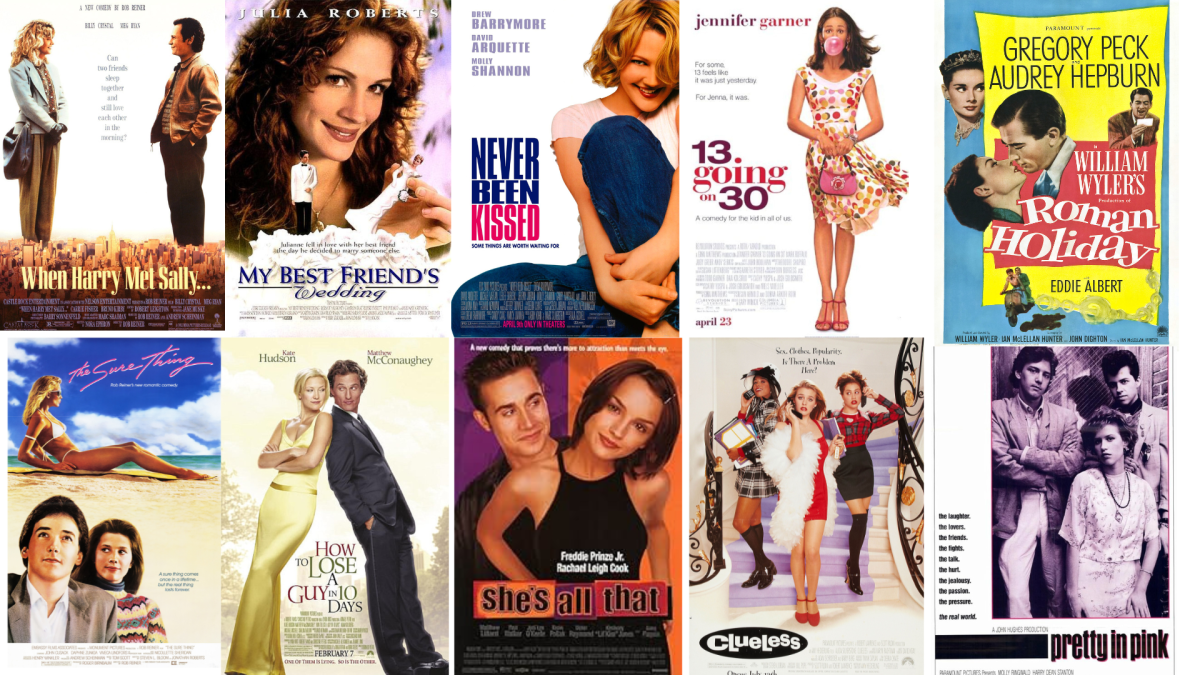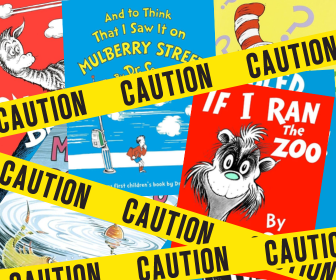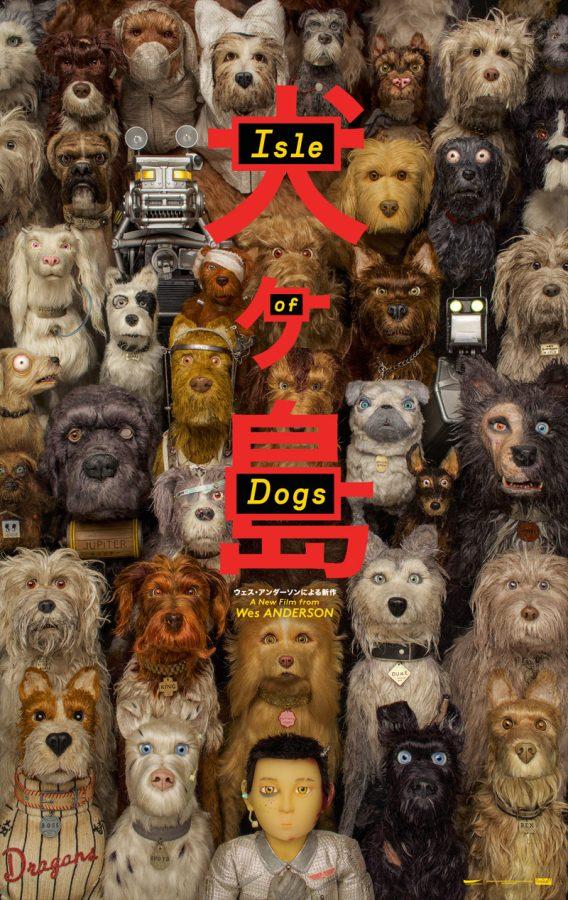Confession number one: Up until a few days ago, I had never seen a Wes Anderson movie.
Are you still here? Good, good.
Confession number two: Up until a few months ago, I thought Wes Anderson was one of those stores where pretentious-looking people in suits go to buy cufflinks.
All right. Now I feel like we really know each other.
The truth is, I didn’t know what I was missing out on. Isle of Dogs is easily the best movie I’ve watched this year. (And I saw Gary Oldman recreate Winston Churchill’s “Never Surrender” speech in a fat suit and a prosthetic quadruple chin in Darkest Hour, so the bar was set pretty high.)
For those of you who haven’t been deluged with Facebook ads about it for the past two months, Isle of Dogs is the longest stop motion animated movie in history and Wes Anderson’s latest pet project (ba dum-CH). The story is set in the dystopian near-future, in the fictional Japanese city of Megasaki.
The city is ruled by the authoritorian, pro-cat Mayor Kobayashi (Kunichi Nomura), who, after an outbreak of “dog flu,” deports all the city’s dogs to Trash Island (essentially a floating landfill where the dogs are starving and I am crying, in the middle of the theatre, barely 15 minutes into the film, because I have the emotional resolve of a Q-tip and I get teary during prescription drug commercials).
Six months later, Kobayashi’s 12-year-old ward Atari (Koyu Rankin) steals a plane and flies to Trash Island in search of his beloved dog, Spots (Liev Schreiber). There, he meets a ruffian band of castaway dogs — Rex (Edward Norton), King (Bob Balaban), Boss (Bill Murray), Duke (Jeff Goldblum) and their leader, Chief (Bryan Cranston). The movie follows their quest to find Spots and bring justice to the dogs of Trash Island. It also boasts a star-studded voice cast, with such pop culture gods as Tilda Swinton, Scarlett Johansson and Yoko Ono making cameos.
The first thing that struck me about the film was how just plain beautiful it was. Stop motion and I haven’t always been the best of friends (read: nightmares for literal months after 8-year-old me saw the trailer for Coraline — up next in Amanda Ju is a Gutless Pansy, part 5,438,347), but the animation team really knocked it out of the park with this one. You can see an insane amount of craftsmanship in every single shot. From cherry blossom palaces to industrial wastelands, the backdrops look like something out of a Dali painting. And the editing, a wacky, wonderful tangle of superimposed Japanese and English text, was just as pretentious as I expected it to be, but in a whimsical, endearing way, if that makes any sense.
Ever since the gorgeous disaster that was the 2000 cinematic masterpiece Chicken Run, I’ve been especially cautious around talking clay animals. Wes Anderson’s dogs, though, were each designed with incredible attention to detail and animated with their own set of tiny little mannerisms that actually made them look very human, down to each little fake hair on the figures. I do think that the other dogs in the group (besides Chief) could have gotten more character development, but the animation was spot on.
And I was pleasantly surprised by the human characters. Going into the movie, I was worried about two things. One, it’s really easy to fall into the uncanny valley when you try to put stop motion and realism together. Second, all but one of the characters are Japanese, and with animated Asian characters in pop culture, especially when most of the animators are white, there’s a tendency to lump them together into a stereotypical “Asian appearance” — robotic, stick-thin, white-skinned, blank-faced.
And while some of the characters did meet that description, I was very impressed with how well the animators captured the diversity of the Asian population, not just in the main characters but also in the crowd scenes. What they did was exaggerate each character’s special or unusual traits, which made them more cartoonish while keeping the realistic feel — differentiating the characters and sidestepping the uncanny valley at the same time. Like the barrel-chested Kobayashi (who had eyebrows for DAYS) and hazel-eyed Atari, shining with prepubescent glory in his choppy bangs and black eye.
What really made the film was Alexandre Desplat’s killer score. You probably know him from the Harry Potter franchise, The Shape of Water or The Imitation Game, just to name a few of his works. I would definitely say that this one is one of his best. The music is almost its own separate character. It makes itself noisily known in the opening credits (and I do like me a good old-fashioned opening credits scene), which is a heart-pounding percussion number in traditional Japanese taiko drum and men’s choir, and functions as the heartbeat of the film, punctuating every scene with rolling, rhythmic beats — sometimes a gentle xylophone, other times explosive and epic. The animation is also in many cases coordinated to the music, which I thought was clever and super appealing — for example, a character smacking her gum or a sushi chef chopping fish to the beat of the drums.
The other thing that caught my attention was definitely the whole Japanese thing. The movie has come under fire for cultural appropriation, and I can’t say I entirely disagree. Half of the movie is in Japanese, which I thought was a great move for authenticity on Anderson’s part, but not all of it was translated, which definitely alienated me a little bit. If you’re a Japanese speaker, though, I think it would be a really cool experience.
I could still understand what was going on, but Anderson is so famous for his naturalistic, electric dialogue, and I felt like I was missing out on a big chunk of it. And because the dogs speak perfect English and are voiced by white actors, it made the Japanese language foreign, menacing and exotic in its own country, which I thought was probably unintentional but still uncool. Also a little bit confusing to me was the fact that the one white character in the movie, Tracy Walker (Greta Gerwig), a student protestor, was kind of posed as a white savior and was painted out to be superior to other Japanese characters who were, for the most part, unwilling to protest. I don’t go to the movies to be offended, but at times, the Japanese themes did seem like fun props rather than true-to-life depictions of the culture.
This isn’t the end of the world, I just think that any moviegoer should acknowledge that the Japan that Anderson has created in Isle of Dogs is entirely a fantasy world and should be appreciated more as a respectful love letter to Japanese culture rather than an exact depiction of it. When it comes down to it, I’m just happy to get some Asian exposure in the mainstream.
That being said, the dialogue I could understand was stunning — effortless, natural, witty and charming — I laughed for a solid minute when one of the dogs called another dog a “son of a b****” — in retrospect, probably making a massive nuisance of myself to everyone around me, but I was there for Journalistic Purposes™, so it’s okay. In unrelated news, what is with all the cat hate in animated movies? Cats are great! Find a different animal to villainize!
But all in all, Isle of Dogs is fun, an amazing work of craftsmanship and a definite groundbreaker in animation. And you should definitely go see it! Right now, it’s on limited release, so you have to look a little harder to find a theatre that’s playing it, but it’ll go on wide release April 13. Until then, I recommend seeing it at Edwards Calabasas Stadium 6. You know, the one with the reclining chairs. I almost cried when I saw them.
But then, that’s probably not a surprise.
























